Let me start by discussing what raw silk actually is (and isn't). Raw silk is two things. The first is it is a fiber source in its pure, unadulterated form, just as "raw wool" is wool sheared from the sheep that has not yet had other processing. When discussing a woven textile by the term of "raw silk", we actually mean a fabric type called silk noil. This fabric is a byproduct of the silk textile industry. It is comprised of the short or chopped up bits of fluff left over from spinning better quality silks. The yarn often looks more like a cotton or wool than anything we think of as silk. It loses most of its lustre and has a very uneven texture. When woven, the fabric is somewhat coarse and highly textured and does not much at all resemble what people think of as silk. (In my experience it also does not often hold up well over time, has dye that tends to bleed out when it gets wet and sometimes even has a fishy odor when damp.)
Mirriam-Webster has the word "noil" coming into use in 1624, but it is likely that silk noil, or something similar, became used as a textile much earlier in history. Revival Clothing has an article that says that low-grade silks were in use as early as the 12th Century, but that does not, however, suggest that earlier cultures had or used this short-staple fabric for garment production. (I have to note here that I recall reading somewhere once that in medieval Japan they wove a fabric that was termed "raw silk" that was woven from from silk that had not been degummed. I cannot, however, find that source again though it was, perhaps, Reconstructing History.)
When discussing silk fabrics in Silk for the Vikings, Marianne Vedeler states that the extant silks are most commonly samite (a weft-faced compound twill), twill or tabby woven. They are very fine silks, but some of them did have imperfections in spin (occasional slubs) and sometimes uneven weaving. This however, is in no way indicative that silk noil was used by the Vikings (or even produced at the time) and even a less well crafted example of silk from the Viking graves was more fine and used a longer staple than what we know of as silk noil. Consider also that even the period fabrics characterized as being of lesser quality had thread counts of 45 threads in the warp with 60 in the weft (and the weft was often unspun, which makes it very much unlike silk noil). Those thread counts (which get much higher as well) also serves to show how different these Byzantine silks were from what we know as raw silk fabric today.
My suggestions for silk trim (as silk brocades are unaffordable) are to look for solid colored silk twills or patterned jacquard woven silks with, that when cut into strips, would not be identifiable as something more modern. A good place for such patterned fabrics are Indian silks often sold as fat quarters on ebay or etsy. Some sellers also carry silk remnants from the designer tie industry, and those fabrics are most commonly nice weighty twills that have a lovely drape. On occasion, I even use dupioni (a plain weave fabric that has the wonderful lustre and rich color one would expect from silk). This is more slubbed than the Viking silks but given that some of those also evidenced some slubs in the weaving, and we only use small strips as ornamentation, I think this is a fairly economical alternative.
By way of example, look at the image of the highly textured, almost fuzzy looking, silk noil sold by Dharma Trading. Then compare that to a Viking silk cap from Jorvik, a fragment of Byzantine silk that is considered to be similar to one of the pieces found at Oseberg (Krag), silken ties from Mammen, a drawing depicting one of the Oseberg textiles and another Byzantine silk from the period. These historic examples are quite different from our silk noil.
| |
- http://www.revivalclothing.com/article-silknoil.aspx
- Heckett, Elizabeth. "Irish Viking Age silks and their place in Hiberno-Norse society", Textile Society of America Symposium Proceedings, 2002.
- Krag, Anne Hedeager. NESAT VII. "Denmark-Europe: Dress and Fashion in Denmark's Viking Age."
- Vedeler, Marianne. Silk for the Vikings. Oxbow Books, 2014.
- Lyons Textile Museum
- Metropolitan Museum
- National Museum of Denmark
- Unimus Photoportal (Norway)
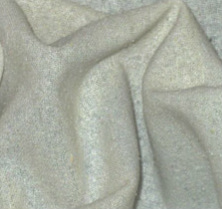
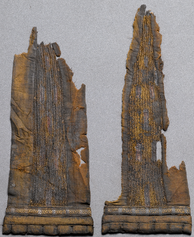
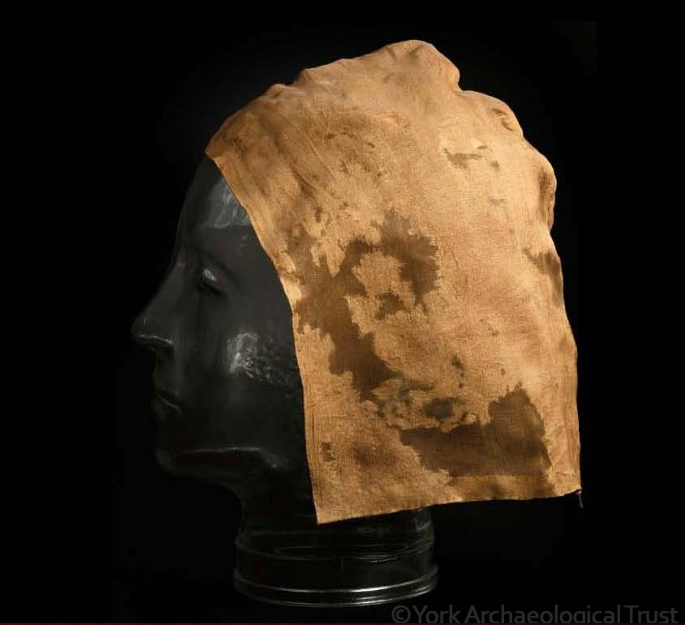
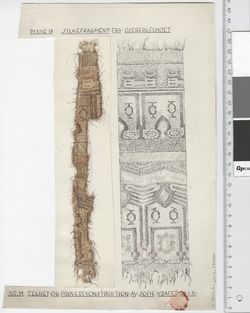
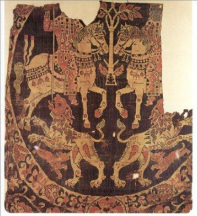
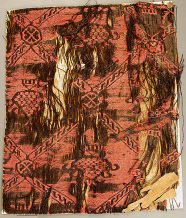
 RSS Feed
RSS Feed